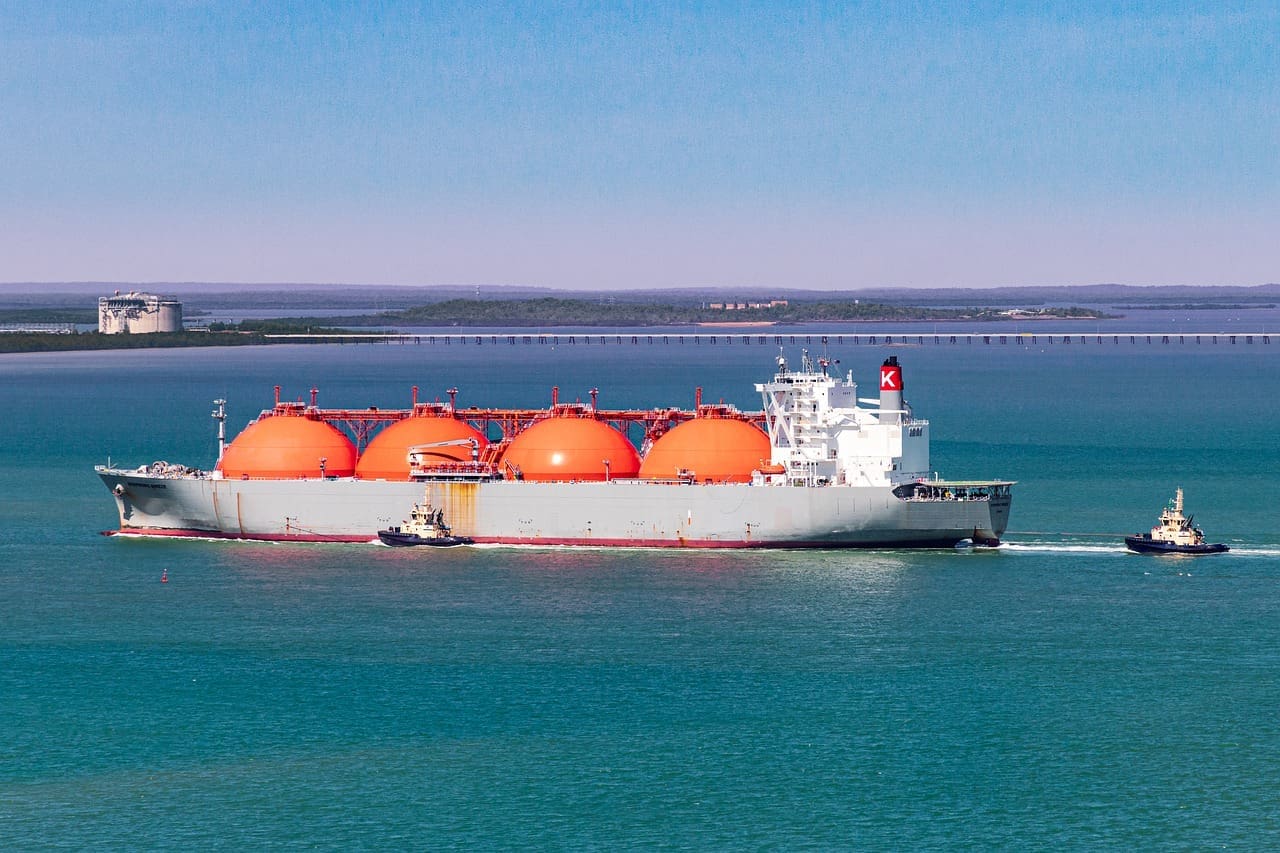As natural gas production continues at a record pace, liquefied natural gas (LNG) exports are expected to double between 2025 and 2028.
The U.S. Energy Information Administration (EIA) reported this week that North America’s LNG export capacity is on track to more than double between 2024 and 2028 from 11.4 billion cubic feet per day (bcf/d) in 2023 to 24.4 bcf/d in 2028 “if projects currently under construction begin operations as planned.”
EIA says 9.7 bcf/d additions will come from U.S. facilities, 2.5 bcf/d from Canada, and 0.8 bcf/d from Mexico.
The Biden administration stopped all new U.S exports in January to key Asian nations and other countries that are not free-trade partners.
A federal court overturned the moratorium, which forced the Biden administration to grant the first LNG export license this year. The Energy Department is appealing the ruling.
However, the Energy Department last week granted a five-year license Tuesday to Wes Edens’ company New Fortress Energy Inc., which is developing the small-scale LNG export plant known as Fast LNG offshore near Altamira, Mexico. The approval is key for U.S. LNG export developers to sell LNG globally to countries in Europe, Japan and China.
New Fortress Energy had requested a license that would last through 2050. Typically, U.S. LNG exporters would receive federal licenses for up to 20 years or longer to sell LNG from their projects, a time frame in line with the long-term contracts sold from the facilities, Bloomberg reported.
The Fast LNG project has been beset with delays, including a mechanical issue in April, originally targeting 2022 as its start date.
The Energy Department said the license does not allow the company to increase its overall LNG exports. It does, however, permit it to ramp up exports to countries that don’t have free-trade agreement with U.S., including allies in Europe, by about 3%, the agency said in a statement.
Texas has the largest number of new facilities under construction, primarily along the Gulf Coast, including Plaquemines (Phase I and Phase II), Corpus Christi Stage III, Golden Pass, Rio Grande (Phase I), and Port Arthur (Phase I),
U.S. natural gas gross withdrawals have been increasing during the past ten years. In 2013, gross withdrawals stood at 29,522,551 million cubic feet. In 2023, gross withdrawals stood at 45,632,904 million cubic feet, a 55% increase.
Natural gas consumption also has grown during the last decade. Total U.S. consumption in 2013 was 26,151,071 million cubic feet compared to 32,506,082 million cubic feet in 2023.
Natural gas also is the largest energy source used for electricity generation nationwide.
Alex Mills is the former President of the Texas Alliance of Energy Producers.
Alex Mills is the former President of the Texas Alliance of Energy Producers. The Alliance is the largest state oil and gas associations in the nation with more than 3,000 members in 305 cities and 28 states.






